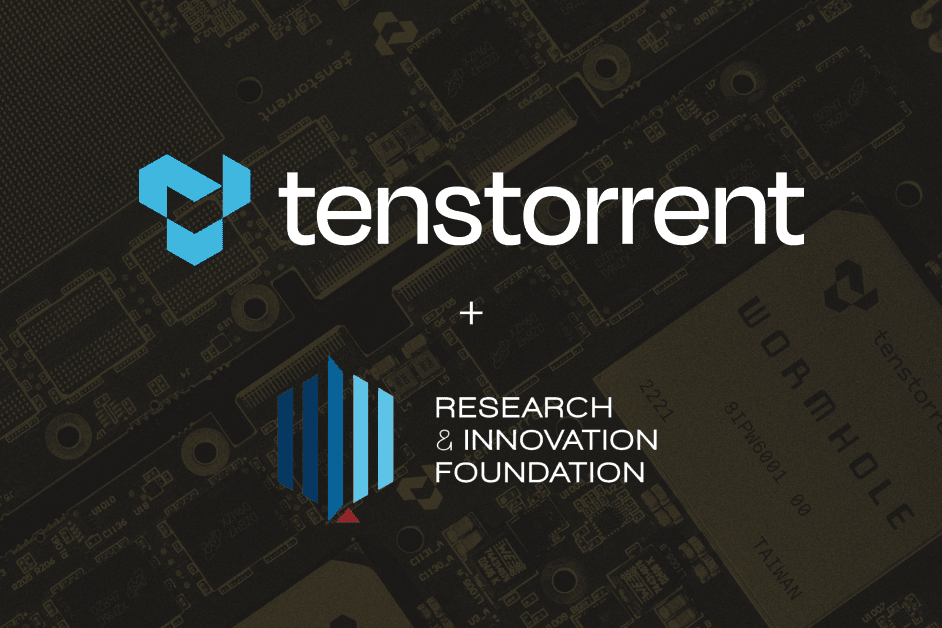Reversible Architectures for Arbitrarily Deep Residual Neural Networks

Each week Tenstorrent will be highlighting a paper that has inspired our product development.
Reversible Architectures for Arbitrarily Deep Residual Neural Networks by Bo Chang , Lili Meng, Eldad Haber, Lars Ruthotto, David Begert and Elliot Holtham.
Recently, deep residual networks have been successfully applied in many computer vision and natural language processing tasks, pushing the state-of-the-art performance with deeper and wider architectures. In this work, we interpret deep residual networks as ordinary differential equations (ODEs), which have long been studied in mathematics and physics with rich theoretical and empirical success. From this interpretation, we develop a theoretical framework on stability and reversibility of deep neural networks, and derive three reversible neural network architectures that can go arbitrarily deep in theory. The reversibility property allows a memoryefficient implementation, which does not need to store the activations for most hidden layers. Together with the stability of our architectures, this enables training deeper networks using only modest computational resources. We provide both theoretical analyses and empirical results. Experimental results demonstrate the efficacy of our architectures against several strong baselines on CIFAR-10, CIFAR-100 and STL-10 with superior or on-par state-of-the-art performance. Furthermore, we show our architectures yield superior results when trained using fewer training data.
Read the full white paper here.


